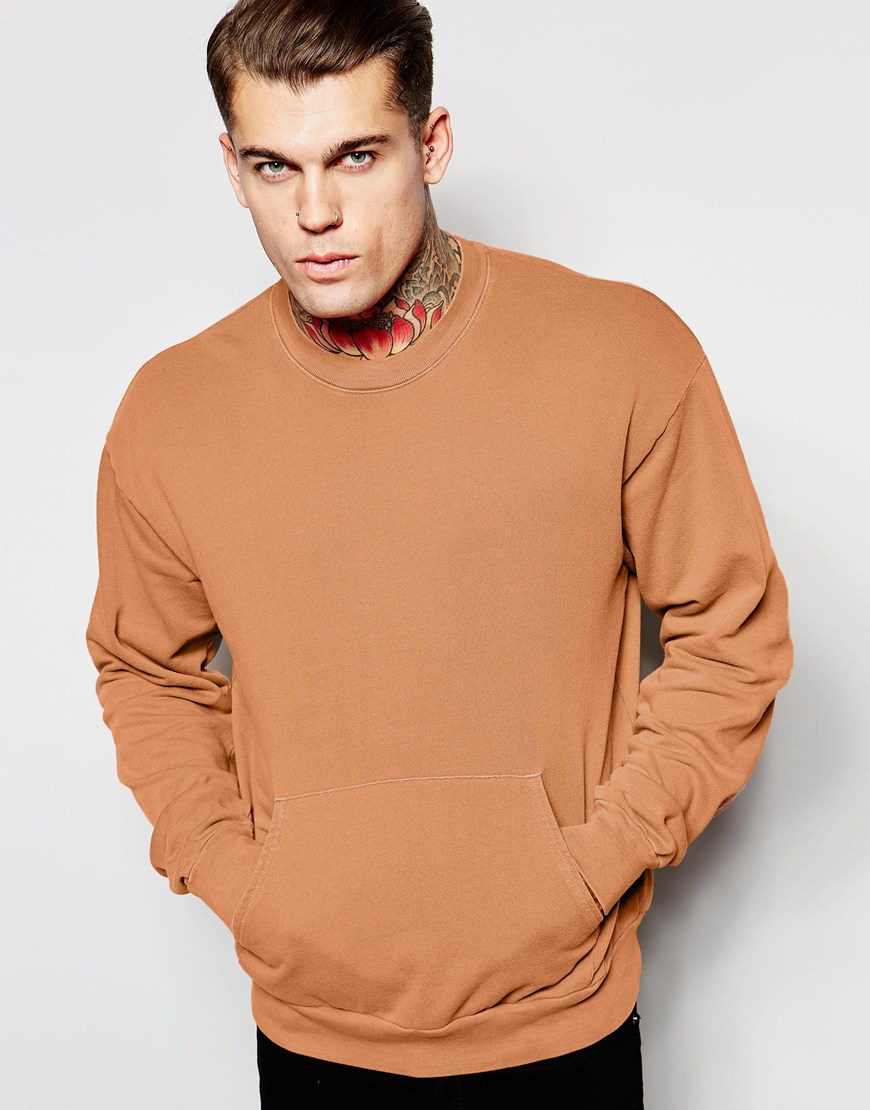Sweatshirts are long-sleeved pullover garments composed of cotton-rich fabric. They are typically worn casually, and are not so formal as sweaters and cardigans. They may not have the or hood. If you're interested in purchasing a sweatshirt, here are some suggestions:
The appeal of Norma Kamali was spread by the use of sweatshirts
Since the late '70s In the late '70s, Norma Kamali has been turning the humble sweatshirt into an art. Her designs have become an integral part of almost every woman's closet. Her distinct designs range from a tummy-tucking crew neckline to leather-paneled sweatshirts. Her clothing is also designed with unusual forms, like a tank top with a long trumpet skirt.
A partnership of the designers and the sweatshirt maker Everlast resulted in her Timeless collection, which was an instant hit when it appeared in the spring catalog of Spiegel. The collection offered knits that could be interchangeable or convertible in classic shapes, and many pieces were priced under $20. Even if The Norma Kamali Timeless collection was not available in stores, fans were able to find the items through eBay as well as Poshmark.
Merino wool sweatshirts provide more comfort than sweatshirts with soft fabrics.
Merino wool is renowned for its moisture-wicking capabilities which help to keep you dry and comfortable. It is a natural fibre that also offers a more comfortable feel. The fabric is also quick to dry when compared with other natural materials. In addition, it is a sustainable resource. The merino sheep shed coats each year and grow new ones.

The warmth-to-weight ratio of merino wool makes it popular for sweatshirts. It helps to regulate body temperature thanks to its natural loft, which traps heat between the fibers. This is the reason Merino wool sweaters are ideal for summer and outdoor activities like hiking, mountain biking, and running. The warmth they offer ensures that the wearer stays cool and dry, which is essential when working out.
Zip-front hoodies feature kangaroo pockets.
Kangaroo pocket hoodies are a popular style of hoodies. They feature a big pocket at the front which keeps your hands warm on cold days. They are much more practical than traditional pockets, since they allow your hands to slide into and out with ease.
Kangaroo pockets are usually large enough to accommodate a wallet or some other small personal items. They're usually long enough to fit one hand in a smaller size or even wide enough to fit two hands. sweat shirts have wide openings on both sides and make them ideal for carrying small objects.
French Terry fabric is a well-loved fabric for sweatshirts
The French Terry fabric is constructed of soft yarns knitted into loops and are typically medium-weight. sweat shirts is also renowned because of its capacity to absorb away moisture and is pre-shrunk. French Terry is a fantastic option for sweatshirts since it will keep you warm when you require it and also keeps you cool when you're trying to cool down.
French terry is also popular for loungewear, since it has enough stretch and flexibleness to feel great on your skin. It also allows enough air to circulate around the fabric, making it ideal for layering under other clothing. In addition, because it's lighter than most sweatshirts, you can wear it all year round without feeling warm or cold.
Hoodies have classist connotations
Although it might appear that hoodies are just an appropriate attire item for people of the working class, the reality is that they carry classist connotations. Hoodies first became popularized in the early 1970s in New York, where graffiti artists would wear them to conceal their identities. In 1976, hoodies made their major movie debut with "Rocky," when the character from the working class wore gray sweats that were hooded during his memorable climb to the top of the steps of the Philadelphia Museum of Art.
Hoodies are usually linked to death, destruction and other unpleasant things, but they can also be used for practical reasons. For instance, monks and priests can wear hoods to demonstrate respect and a sense of self-control.
